Table of Contents Show
✍️ AI is summarizing:
Vietnam, a country steeped in rich cultural heritage, boasts a vibrant tapestry of traditional clothing that reflects its diverse regional identities. From the elegant and sophisticated attire of the north to the colorful and dynamic outfits of the south, traditional clothes in Vietnam showcase the nation’s unique history, customs, and aesthetic sensibilities.
In today’s article, we will take you on a virtual journey from North to South, exploring the traditional garments of each region. Join us as we unravel the captivating stories behind traditional clothes in Vietnam, celebrating this remarkable nation’s beauty and cultural significance.
Related post:
- Vietnam Cloud Chasing: A Spectacular Journey into the Skies of Vietnam
- Must-Try Vietnamese Coffee Culture: Unveiling the Richness of Vietnamese Coffe
- Vietnam is a Great Choice for Travelers of All Levels
Northern Vietnam: The Graceful Ao Dai
The Ao Dai, Vietnam’s iconic national dress, finds its roots in the rich cultural tapestry of Northern Vietnam. Originally designed for the upper class, this elegant ensemble has evolved over centuries to become a symbol of Vietnamese femininity and grace.

A cornerstone of traditional clothes in Vietnam, the Ao Tu Than predates the iconic Ao Dai. Worn widely by Vietnamese women for centuries, the Ao Tu Than was characterized by its loose-fitting design and often adorned with intricate embroidery. While offering comfort and style, this attire has seen a decline in everyday wear. Nevertheless, it remains a cherished part of Vietnam’s cultural heritage and is still prominently featured in traditional performances and special occasions, preserving the nation’s sartorial legacy.
The Ao Dai stands as a quintessential symbol of Vietnam’s rich fashion heritage. Characterized by their long, flowing lines and high collars, these traditional clothes in Vietnam exude a timeless elegance that has captivated the world. While traditionally paired with loose-fitting pants, modern interpretations have embraced a variety of bottoms, showcasing the versatility of this iconic garment.
Whether worn for special occasions or as everyday attire, the Ao Dai remains a cherished part of the Northern Vietnamese identity. Its harmonious blend of tradition and modernity continues to inspire fashion designers, solidifying its status as a treasured piece of Vietnam’s cultural tapestry.
Central Vietnam: The Alluring of Non La
Central Vietnam boasts a distinct cultural identity, reflected in its traditional clothing. While sharing similarities with the iconic Ao Dai, the region’s attire often incorporates unique elements adapted to the local climate and lifestyle. Fabrics like cotton and silk, renowned for their breathability, are commonly used in Central Vietnamese garments. These clothing choices reflect the region’s temperate weather and practical sensibilities, creating a style that is both comfortable and culturally rich. Exploring the traditional clothes in Vietnam offers a fascinating glimpse into the heart of this diverse country.

One iconic accessory inextricably linked to Central Vietnam is the Non La, a conical hat crafted from palm leaves. Its elegant shape has become an enduring image of Vietnam, often featured in art, poetry, and photography. The Non La, a conical hat synonymous with Vietnam, is more than just a head covering; it’s a cultural emblem.
Crafted from delicate leaves and bamboo, this traditional hat protects from the sun and rain, making it an indispensable accessory for Vietnamese women, especially in rural areas. Beyond its practical function, the Non La is a symbol of grace and femininity, often depicted in art and literature. Its elegant shape and simplicity have made it a beloved souvenir for visitors, carrying a piece of Vietnam with them wherever they go.
You can easily try on traditional Vietnamese costumes during your trip here. When traveling in Vietnam, don’t forget to use ExoTrails – the most convenient travel-integrated location app.
Southern Vietnam: Vibrant Ao Ba Ba

The next traditional clothes in Vietnam is Ao Ba Ba. The Ao Ba Ba is a quintessential emblem of Southern Vietnam, reflecting the region’s vibrant and carefree spirit. Unlike the elegant lines of the Northern Ao Dai, the Ao Ba Ba is characterized by its loose-fitting silhouette and comfortable design.
Often adorned with bold floral patterns and bright, cheerful colors, this attire perfectly encapsulates the tropical climate and joyful nature of the South. The Ao Ba Ba is not merely a garment but a cultural statement, representing the simplicity and warmth of Southern Vietnamese women.
Conclusion
Traditional wear in Vietnam showcases the country’s rich cultural diversity and regional identities. From the graceful Ao Dai in the north to the vibrant Áo Bà Ba and Áo Ba Lỗ in the south, each region’s traditional clothing tells a unique story. By exploring the traditional wear from North to South, we gain a deeper understanding of Vietnam’s history, customs, and aesthetic traditions.
So, immerse yourself in the captivating world of Vietnamese traditional wear and appreciate the beauty and cultural significance it brings to this remarkable nation. Follow our official Facebook page now to receive more interesting information.

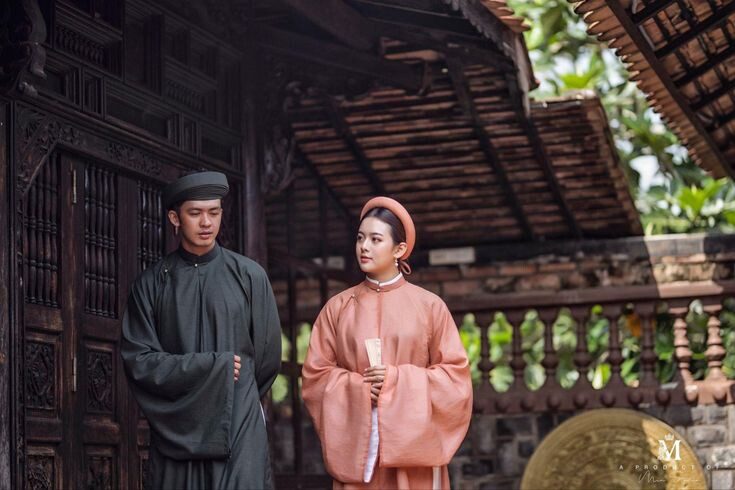

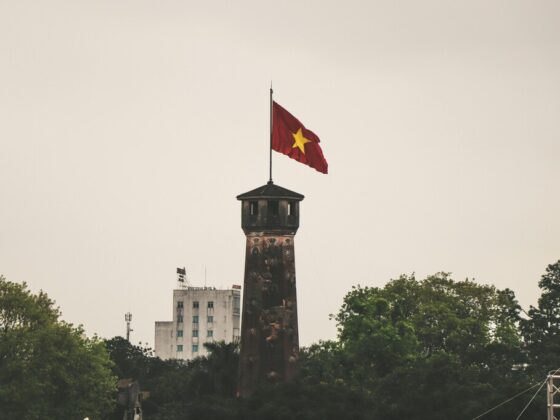
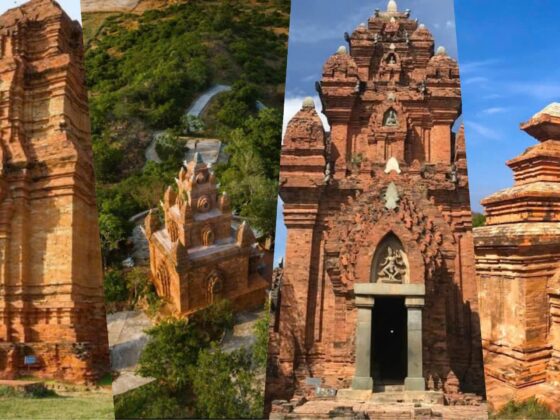


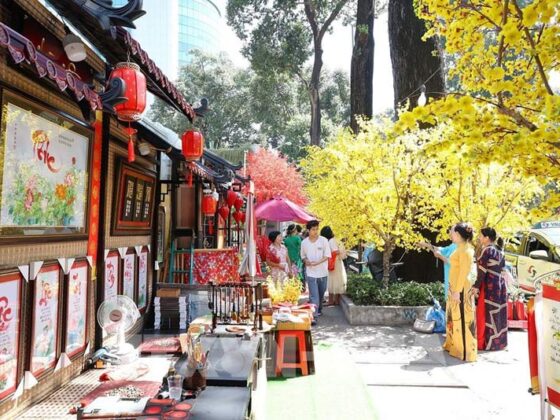

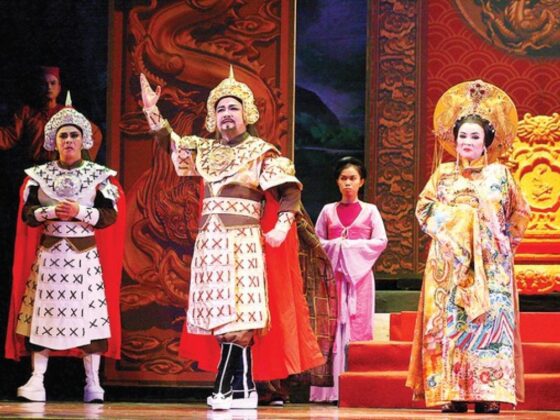

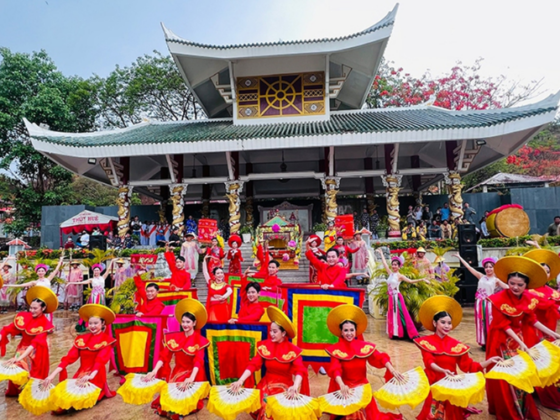
Thank you, your article surprised me, there is such an excellent point of view. Thank you for sharing, I learned a lot. https://www.binance.com/tr/register?ref=DB40ITMB
Your point of view caught my eye and was very interesting. Thanks. I have a question for you.